Your garden isn’t just a vibe—it’s a buffet. But not all the best guests are showing up… yet. If your blooms are quiet, your bees are bored, and the butterflies just pass you by with a shrug, it might be time for a wildflower shake-up. Forget the generic seed mixes and overhyped imports. The Midwest has its own all-star lineup—born here, thriving here, and irresistible to pollinators. These wildflowers don’t just survive—they show off. They lure in bees, charm the hummingbirds, and give butterflies a reason to linger. Want to turn your yard into the pollinator hotspot of the neighborhood? Start with these 21 native wildflowers—they’ve been winning hearts (and wings) for centuries.
Purple Coneflower (Echinacea purpurea)
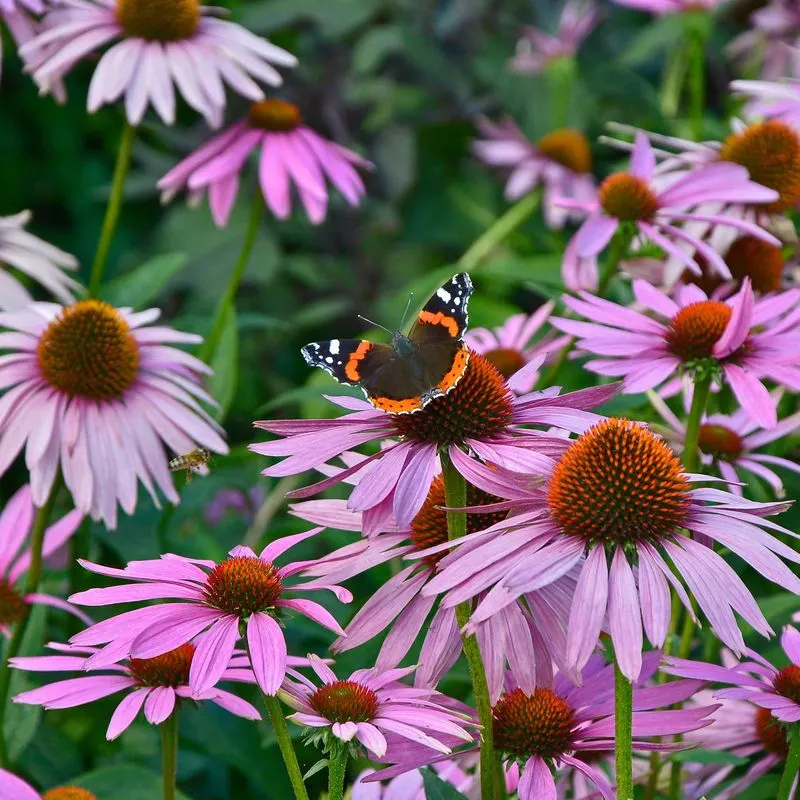
Tall and striking, the Purple Coneflower is a Midwest native that stands as a beacon for pollinators. Its vivid purple petals and spiky, dark cone attract a myriad of bees and butterflies. Standing anywhere from two to four feet tall, these flowers bring vertical interest to a garden.
Known for their resilience, they thrive in a variety of soil conditions, making them a gardener’s dream. Besides their beauty, they offer medicinal properties, often used in teas and herbal remedies.
Their long blooming season ensures months of attraction for pollinators, making them indispensable in any wildflower garden.
Black-Eyed Susan (Rudbeckia hirta)
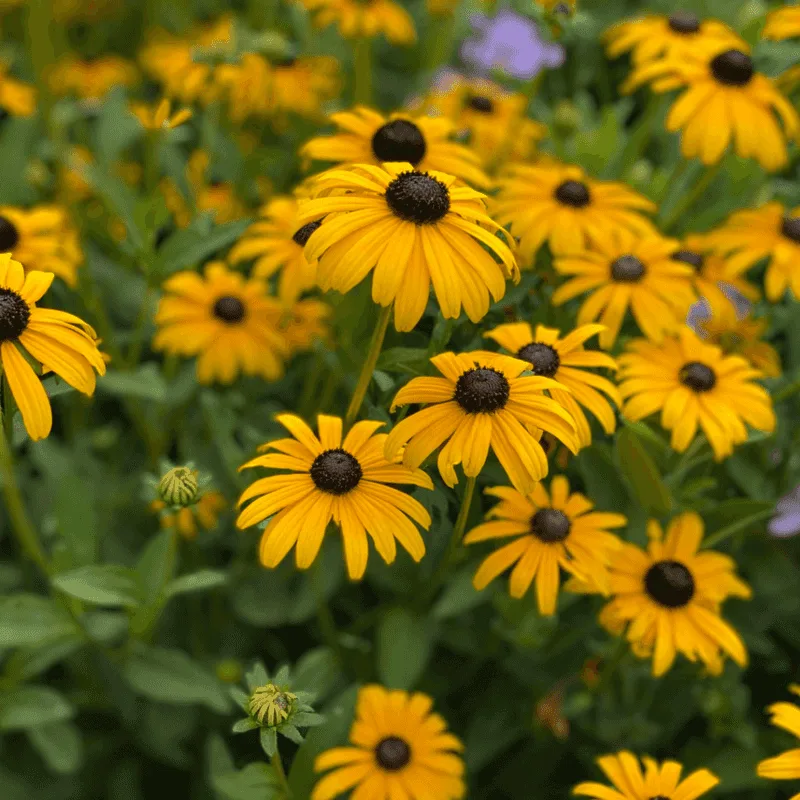
With its cheerful golden-yellow petals and dark brown center, the Black-Eyed Susan is a staple in the Midwest. These flowers bloom from early summer through fall, providing a long-lasting display of color.
Their height varies, typically reaching one to three feet, making them versatile for different garden spaces. Butterflies, bees, and other insects find them irresistible, drawn in by their bright hues and plentiful nectar.
Black-Eyed Susans are also drought-resistant, an ideal choice for low-maintenance gardens. They self-seed readily, ensuring their presence year after year in wildflower patches.
Wild Bergamot (Monarda fistulosa)
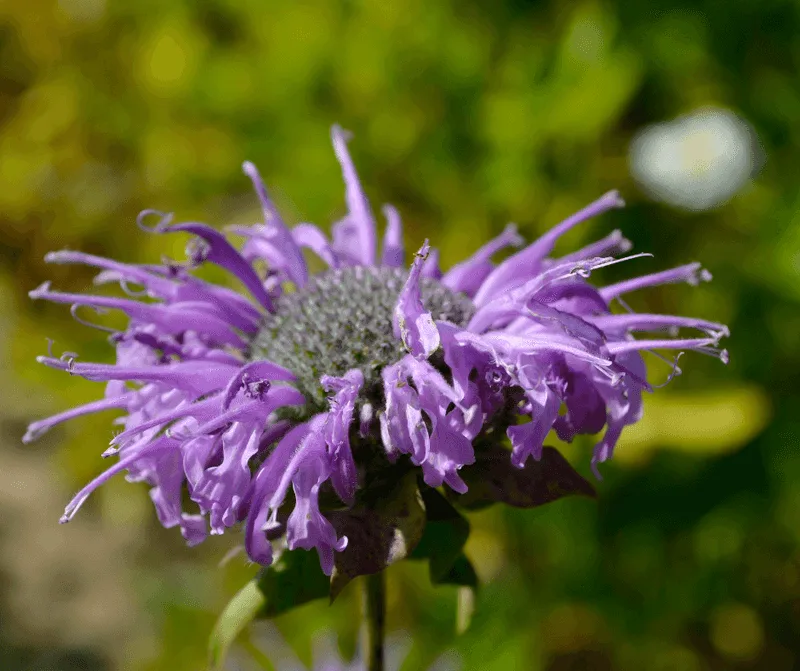
Known for its aromatic leaves and lavender blooms, Wild Bergamot is a Midwest marvel. Its unique, tubular flowers are a favorite for hummingbirds and bees, offering a rich nectar source.
Growing up to four feet tall, it adds height and texture to wildflower gardens. This plant prefers sunny spots and moist, well-drained soils but is adaptable to drier conditions.
Aside from its beauty, Wild Bergamot is often used in herbal teas and as a flavoring agent. Its presence in a garden ensures a lively display of pollinator activity throughout the summer months.
Butterfly Weed (Asclepias tuberosa)
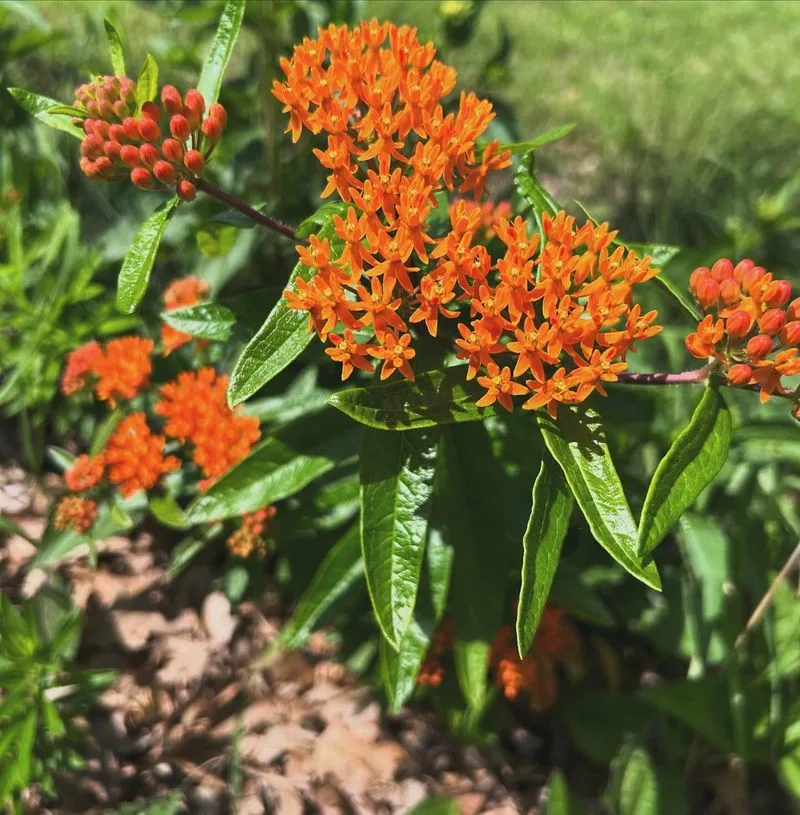
The Butterfly Weed, with its brilliant orange flowers, is a magnet for monarch butterflies. Its vibrant clusters stand out in any garden, inviting a flurry of pollinator activity.
This perennial grows well in dry, sunny locations, reaching about two feet in height. It’s a crucial host plant for monarch caterpillars, playing an essential role in their lifecycle.
In addition to its ecological benefits, Butterfly Weed is known for its medicinal uses, traditionally employed in treating respiratory ailments. Its robust nature and stunning appearance make it a garden favorite.
New England Aster (Symphyotrichum novae-angliae)
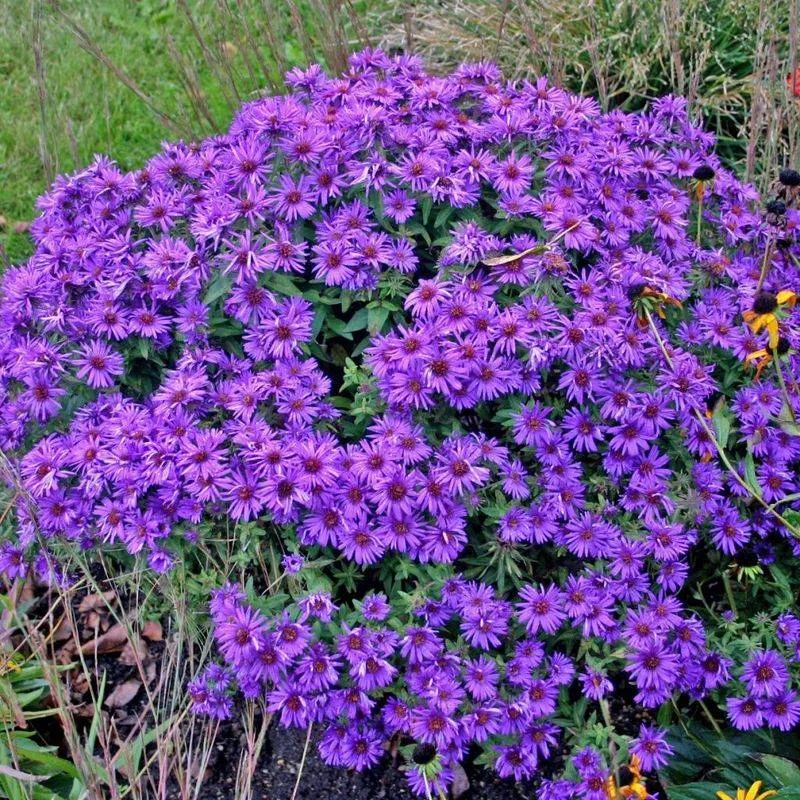
New England Asters burst into bloom with pink and purple flowers as summer turns to fall. Their rich colors and abundant nectar attract late-season pollinators, including bees and butterflies.
Growing up to six feet tall, these asters provide excellent backdrops in gardens. They prefer moist, well-drained soils but can adapt to various conditions.
These asters are not only beautiful but also play a crucial role in supporting pollinators during the transitional season. Their presence ensures that gardens remain lively and vibrant even as autumn approaches.
Wild Columbine (Aquilegia canadensis)
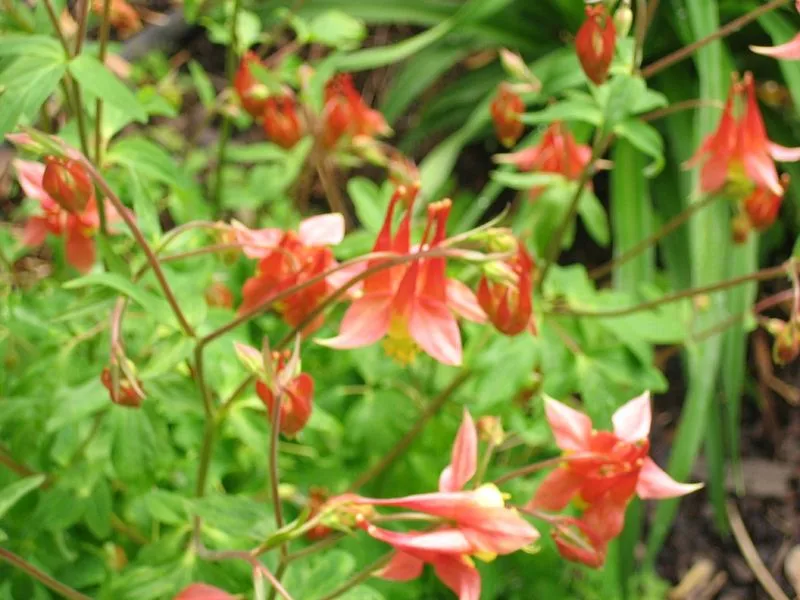
The delicate, nodding blooms of Wild Columbine add elegance to shaded woodland gardens. Their red and yellow flowers are particularly alluring to hummingbirds, offering abundant nectar.
Reaching heights of up to two feet, they thrive in partial shade and rocky soils. Wild Columbine is a versatile plant, adapting well to various garden settings.
Aside from their beauty, these flowers hold cultural significance and have been used in traditional medicine. Their unique shape and vibrant colors ensure their place as a standout in any native wildflower collection.
Prairie Blazing Star (Liatris pycnostachya)
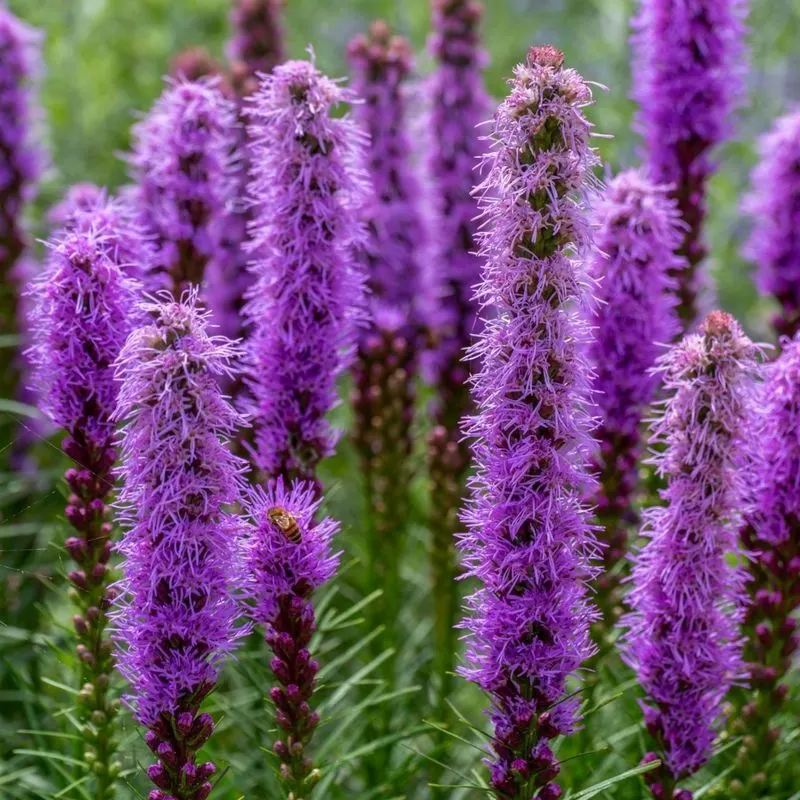
Tall and stately, the Prairie Blazing Star is a beacon for butterflies. Its fluffy purple spikes stand tall, reaching heights of up to five feet, creating a dramatic effect in prairies and gardens.
This perennial prefers well-drained soils and full sun, making it ideal for open landscapes. Its long-lasting blooms provide essential nectar for a host of pollinators.
Prairie Blazing Star not only enhances garden aesthetics but also supports wildlife. Its robust nature and stunning floral display make it a prized addition to any Midwest wildflower garden.
Wild Lupine (Lupinus perennis)
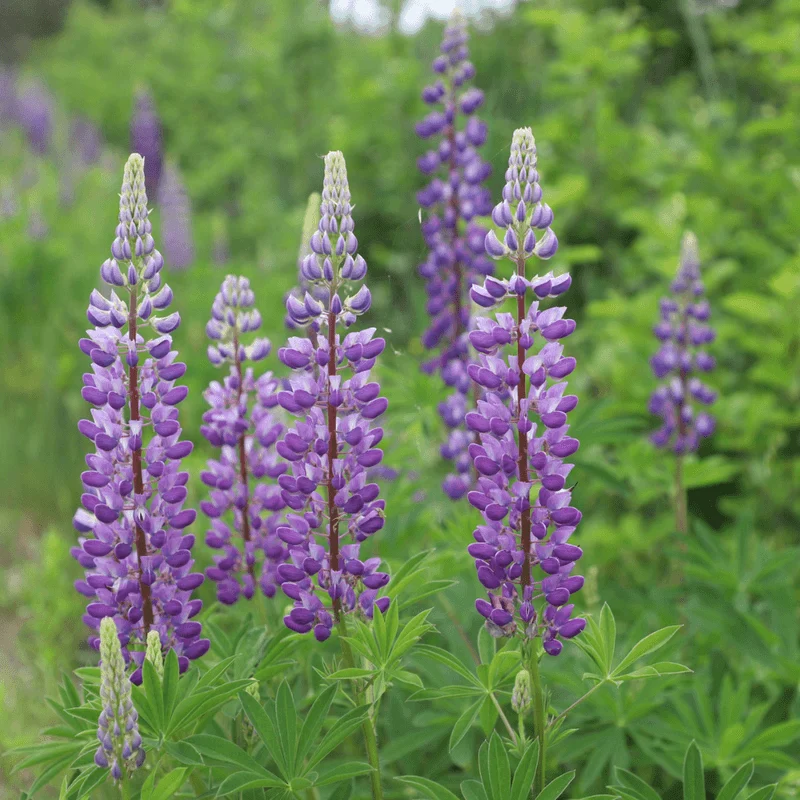
Wild Lupine, with its striking blue and purple spikes, adds a splash of color to sandy Midwest habitats. It serves as a critical host plant for the endangered Karner blue butterfly.
Growing up to two feet tall, Wild Lupine thrives in well-drained, sandy soils, and sunny locations. Its blooms attract a variety of pollinators, including bees and butterflies, during its flowering season.
Beyond its ecological importance, Wild Lupine is a symbol of hope for conservation efforts. Its presence in a garden not only supports biodiversity but also adds a touch of wild beauty.
Yellow Coneflower (Ratibida pinnata)
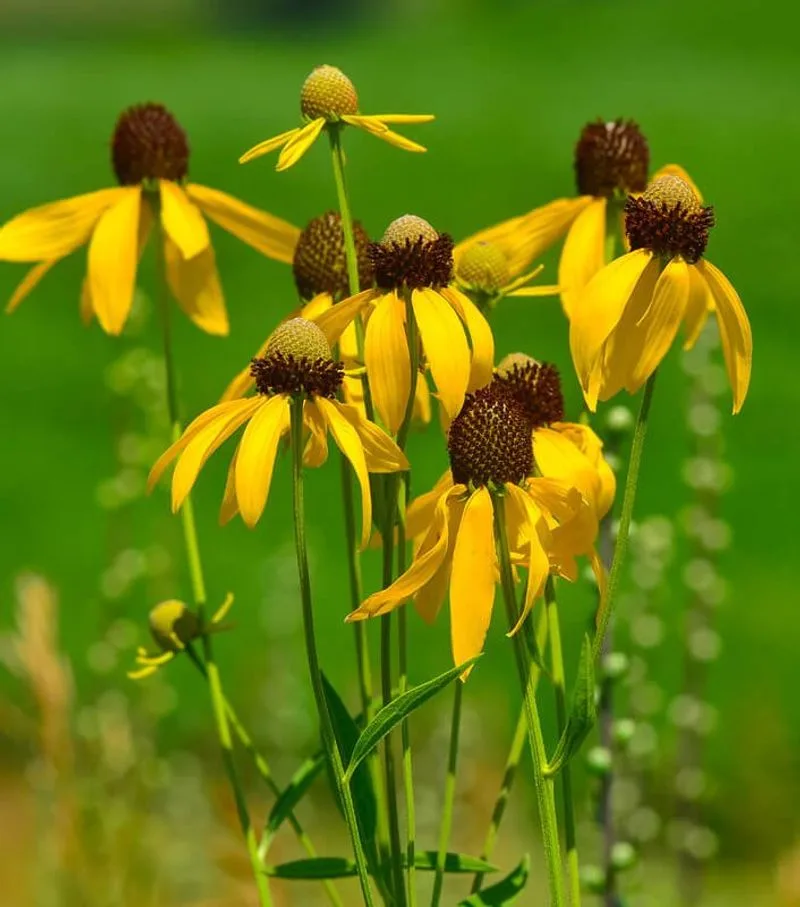
The Yellow Coneflower, with its drooping yellow petals and distinctive brown center, brings a touch of whimsy to Midwest prairies. These flowers are a favorite among bees and other insects.
Reaching heights of up to three feet, they thrive in a range of soil conditions, from dry to moderately moist. Their long blooming period offers a continued nectar source for pollinators.
Yellow Coneflowers are resilient and low-maintenance, making them perfect for naturalistic gardens. Their cheerful appearance and ecological benefits ensure they remain a beloved choice for native plant enthusiasts.
Swamp Milkweed (Asclepias incarnata)
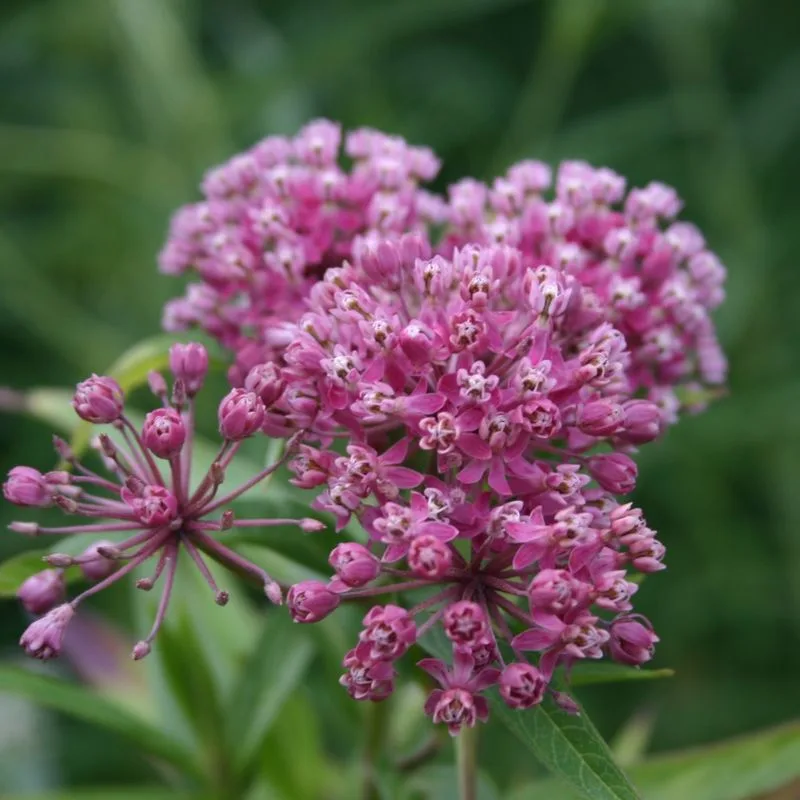
Swamp Milkweed, with its clusters of pink flowers, thrives in wetland areas, providing a crucial habitat for monarch butterflies. Its sweet fragrance draws in a variety of pollinators, including bees.
This perennial can reach heights of up to four feet and prefers moist to wet soils, often found near streams or ponds. It’s an important host plant for monarch caterpillars, contributing to their survival.
Aside from its ecological role, Swamp Milkweed adds height and texture to garden spaces. Its vibrant blooms and wildlife benefits make it a valuable addition to any wetland garden.
Prairie Smoke (Geum triflorum)
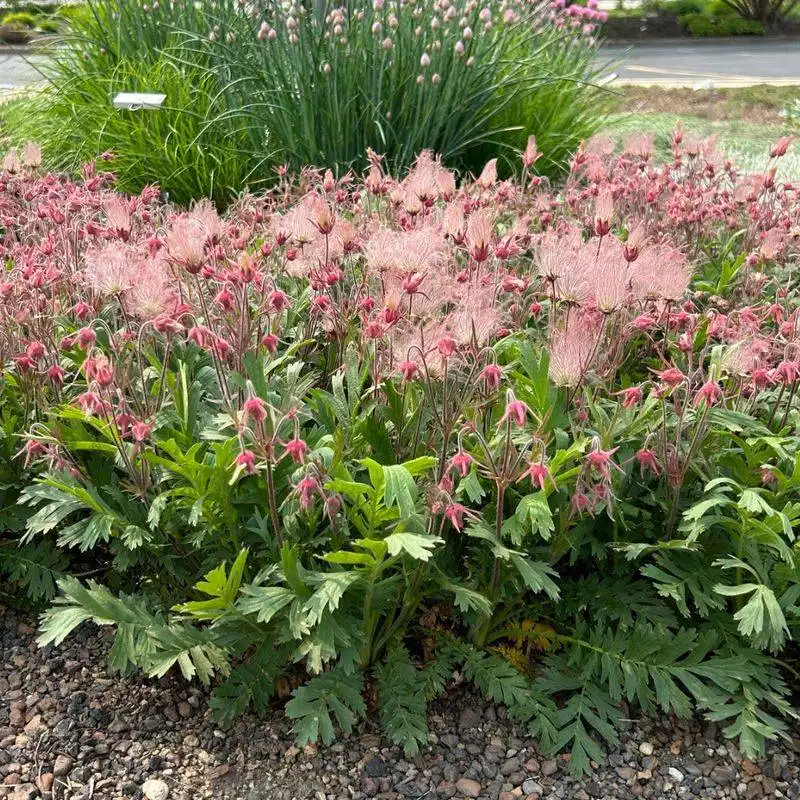
Prairie Smoke, with its whimsical, feathery seed heads, is a charming addition to Midwest prairies. Its pink blooms are followed by seed heads that resemble billowing smoke, adding visual interest.
This hardy perennial grows up to one foot tall and prefers dry, well-drained soils. It’s a favorite among bees, providing early-season nectar.
Prairie Smoke’s unique appearance and ability to thrive in challenging conditions make it a standout in native plant gardens. Its ethereal beauty and ecological benefits ensure its place as a beloved wildflower.
Joe-Pye Weed (Eutrochium purpureum)

Towering over other wildflowers, Joe-Pye Weed is a magnet for butterflies. Its clusters of dusty pink blooms provide abundant nectar, attracting pollinators late in the season.
This perennial can soar up to seven feet, making it an impressive sight in moist meadows and gardens. It prefers well-drained, fertile soils and full sun to partial shade.
Joe-Pye Weed not only supports a host of wildlife but also adds vertical interest to planting schemes. Its combination of height, color, and ecological value makes it a must-have for Midwest gardens.
Wild Senna (Senna hebecarpa)
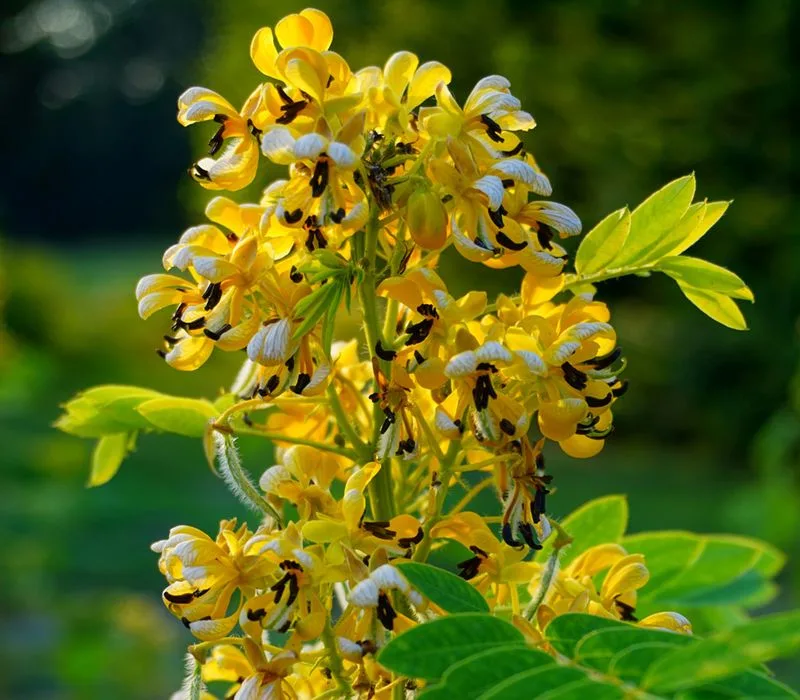
Wild Senna, with its bright yellow flowers, brightens up any Midwest landscape. Its lush foliage and blooms entice a variety of bees and other pollinators to visit.
This robust perennial grows up to six feet tall, preferring sunny locations and well-drained soils. It’s often used in restoration projects due to its nitrogen-fixing ability, improving soil fertility.
Beyond its beauty, Wild Senna plays an essential role in supporting pollinator populations. Its striking appearance and ecological benefits make it a valuable addition to native gardens.
Gray-Headed Coneflower (Ratibida pinnata)
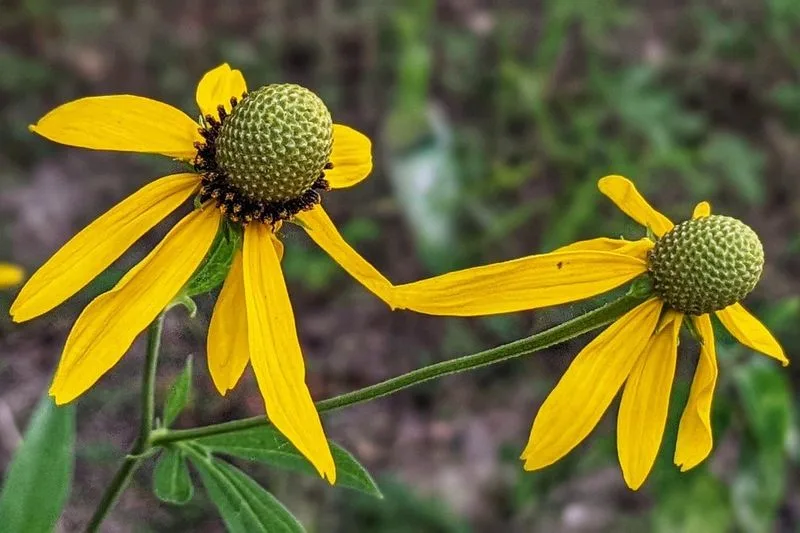
Graceful and tall, the Gray-Headed Coneflower is a staple in Midwest prairies. Its drooping yellow petals and gray-brown centers create a charming display, attracting a host of pollinators.
Reaching heights of up to five feet, they thrive in full sun and well-drained soils. Their robust nature makes them well-suited to naturalistic planting schemes.
The Gray-Headed Coneflower’s long blooming season provides extended nectar sources, supporting bees and other insects. Its combination of elegance and ecological value ensures its popularity in wildflower gardens.
Common Milkweed (Asclepias syriaca)
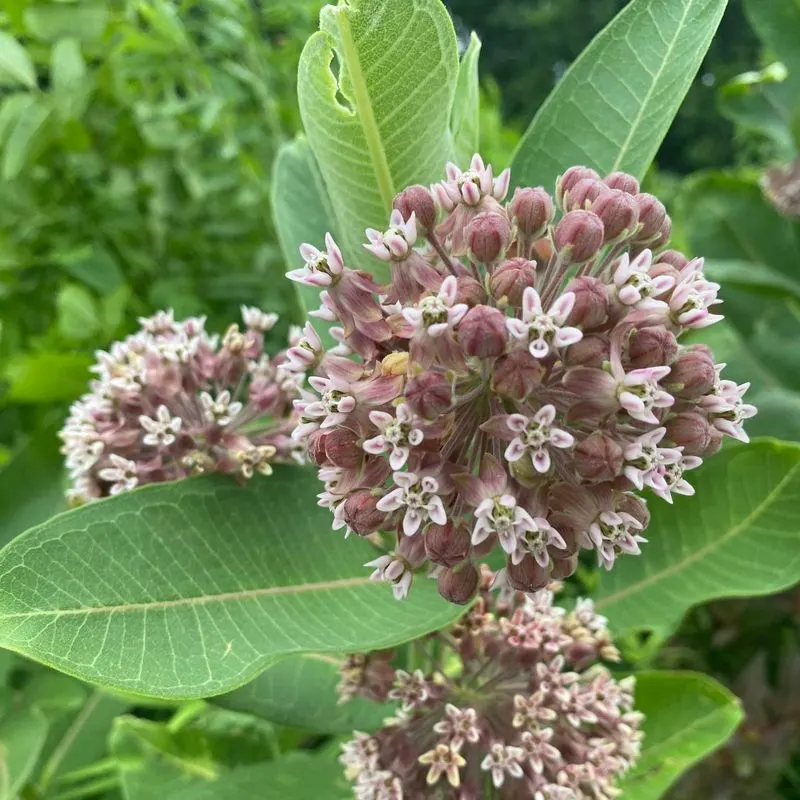
Common Milkweed, with its large, fragrant pink flower clusters, is a powerhouse for pollinators. Monarch butterflies lay their eggs on its leaves, ensuring their lifecycle continues.
Growing up to six feet tall, this perennial thrives in a variety of soil conditions, from dry to moist. Its sweet scent attracts not only monarchs but also bees and other insects in droves.
Beyond its role in supporting wildlife, Common Milkweed adds height and interest to garden landscapes. Its ecological significance and attractive appearance make it indispensable in native plantings.
Ironweed (Vernonia fasciculata)
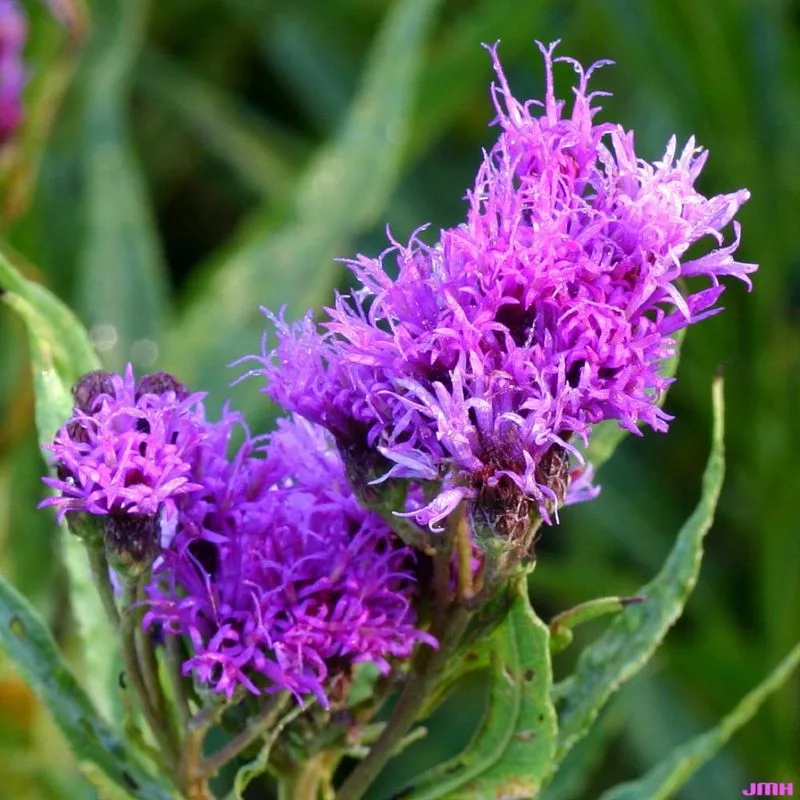
Ironweed, with its vivid purple flower clusters, is a striking addition to wet Midwest meadows. Its tall, sturdy stems can reach up to six feet, providing a dramatic presence.
This perennial prefers moist soils and full sun, often found in low-lying areas. Its flowers are a magnet for bees and butterflies, offering late-season nectar.
Ironweed’s bold color and robust nature make it a standout in any garden. Its ability to support pollinators and enhance landscape diversity ensures its place as a favorite among native wildflowers.
Wild Indigo (Baptisia australis)
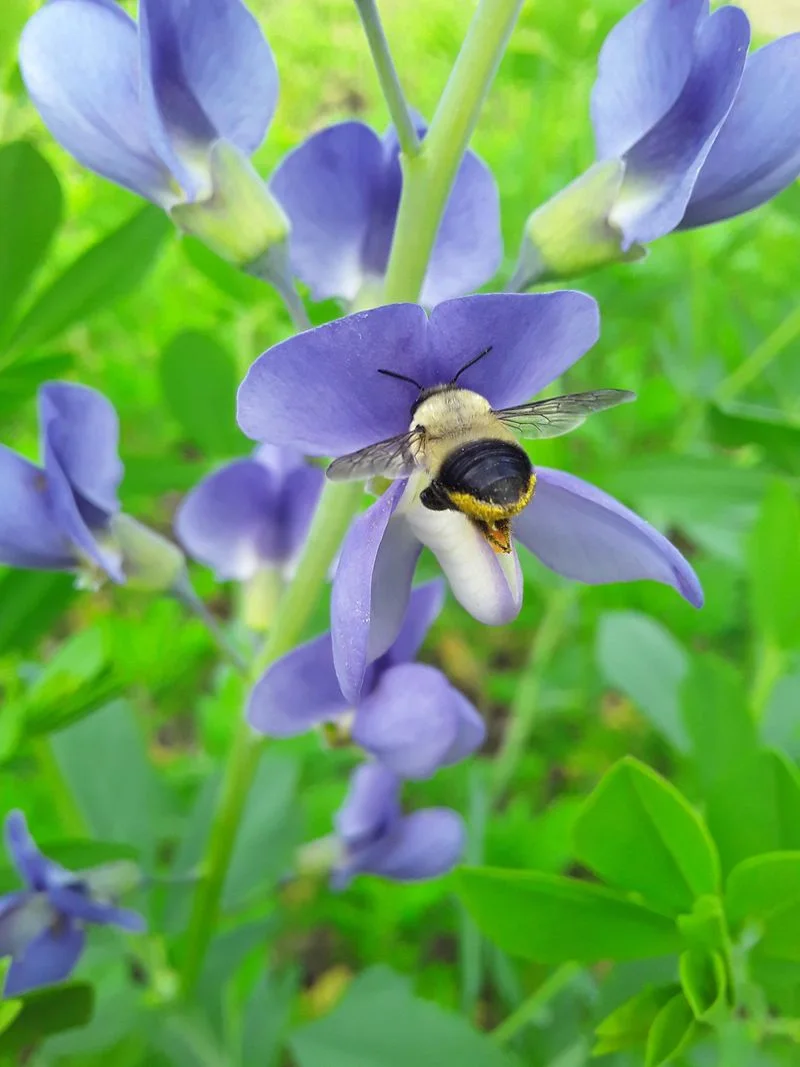
Wild Indigo, with its striking blue flowers, adds a pop of color to Midwest landscapes. Its lupine-like blooms are surrounded by lush foliage, providing interest throughout the growing season.
This hardy perennial grows up to four feet tall and thrives in well-drained soils and full sun. It’s a favorite among bees, offering a reliable nectar source.
Beyond its visual appeal, Wild Indigo is known for its ability to improve soil health. Its combination of beauty and ecological benefits makes it an essential component of native gardens.
Compass Plant (Silphium laciniatum)
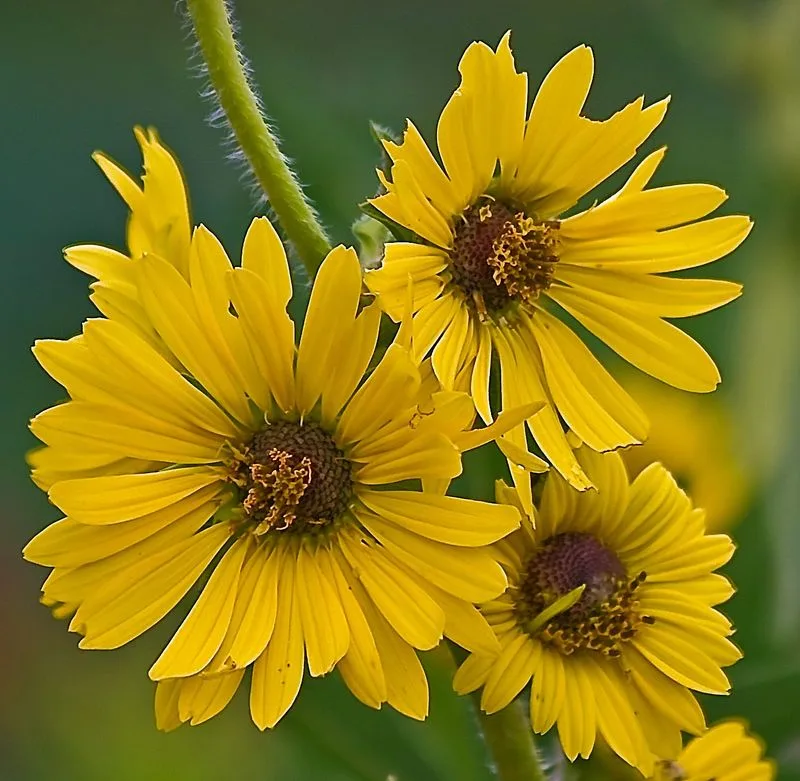
The Compass Plant, with its towering height and large yellow flowers, is a dramatic presence in Midwest prairies. Its leaves, aligning north-south, give it its unique name.
Reaching impressive heights of up to ten feet, this perennial thrives in full sun and well-drained soils. Its nectar-rich blooms attract a variety of pollinators, including bees.
The Compass Plant’s structural form adds vertical interest to landscapes. Its combination of size, unique leaf orientation, and ecological role make it a fascinating addition to wildflower gardens.
Wild Petunia (Ruellia humilis)
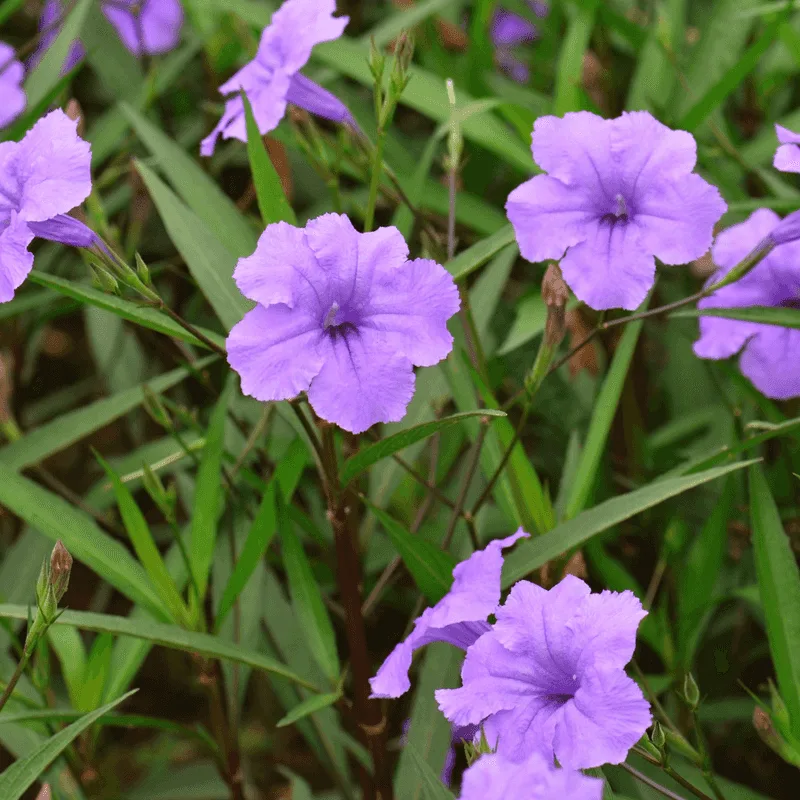
Wild Petunia, with its delicate purple blooms, adds a touch of elegance to sunny Midwest gardens. Its flowers are particularly attractive to hummingbirds and bees, offering a sweet nectar source.
Growing up to one foot tall, this perennial thrives in well-drained, sandy soils and full sun. It’s a low-maintenance choice, perfect for borders and naturalistic settings.
Beyond its beauty, Wild Petunia plays a crucial role in supporting pollinators. Its charming blooms and ease of growth make it a valuable addition to any native plant garden.
Sneezeweed (Helenium autumnale)
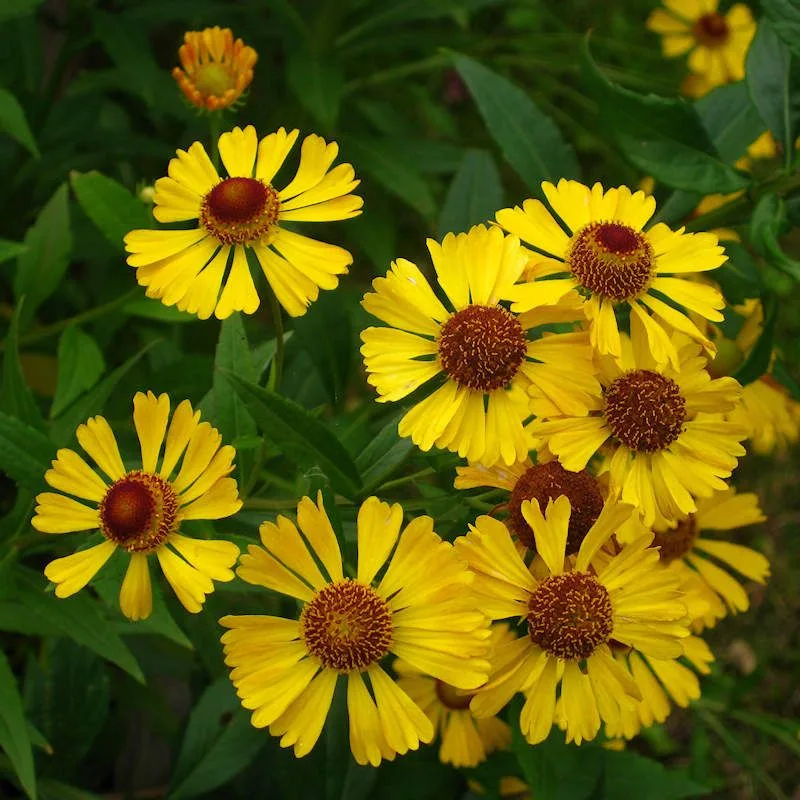
Sneezeweed boasts vibrant yellow flowers that brighten up wetland areas. Its name stems from historical uses of its dried leaves in snuff, though it’s not an allergen.
This perennial grows up to five feet tall, thriving in moist, rich soils. Its plentiful blooms attract a variety of insects, including bees, providing valuable late-season nectar.
The combination of its cheerful appearance and historical significance makes Sneezeweed an interesting choice for gardens. Its role in supporting pollinators adds to its appeal, making it a beloved wildflower.
Royal Catchfly (Silene regia)
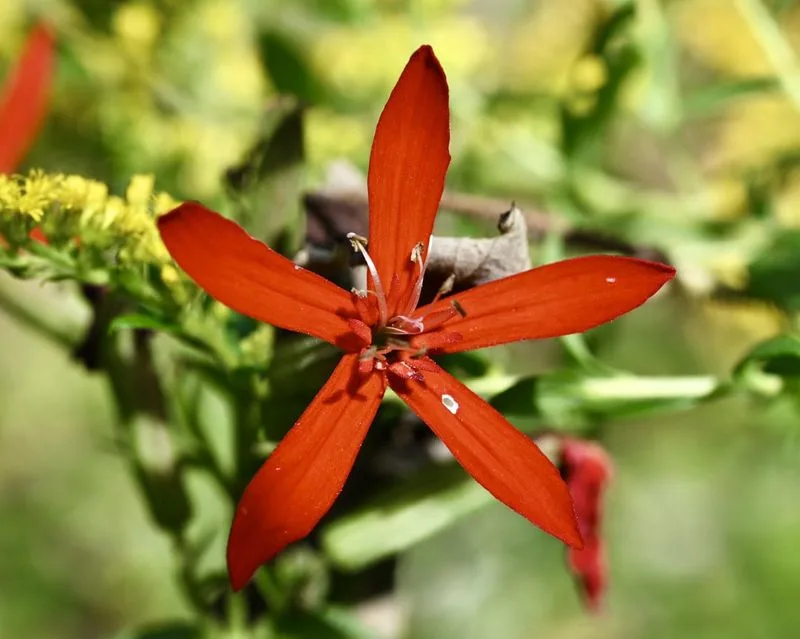
Royal Catchfly, with its vivid red, star-shaped flowers, is a showstopper in Midwest prairies. Its striking blooms are particularly attractive to hummingbirds, offering a rich nectar source.
This perennial grows up to three feet tall, thriving in sunny, well-drained sites. Its bright color and unique form make it stand out in any garden setting.
Beyond its visual impact, Royal Catchfly plays a vital role in attracting pollinators. Its combination of beauty and ecological value ensures it remains a cherished addition to native plantings.

